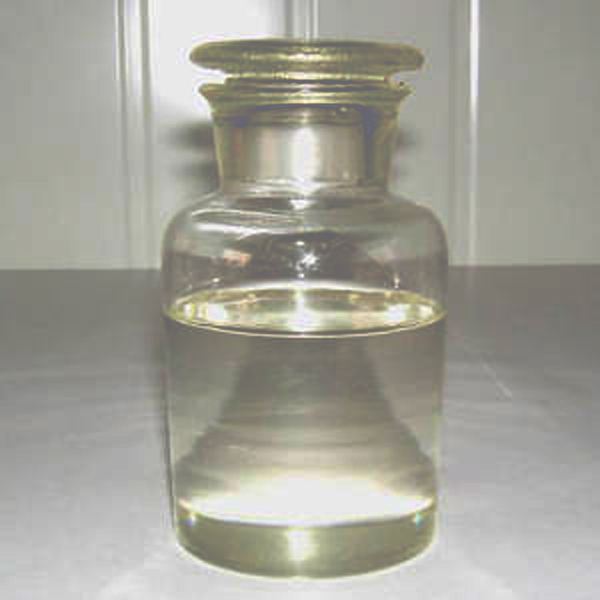Vinyl acetate monomer (VAM) is an important organic compound that serves as a key raw material in the production of various polyvinyl acetate resins, dispersion polymers, and copolymers. With the chemical formula C4H6O2, VAM is a colorless liquid that polymerizes readily.
Production Methods for Vinyl Acetate Monomer
VAM is industrially produced through the catalytic reaction of ethylene, acetic acid and oxygen. This process, called catalytic oxidative coupling or “catalytic hydroesterification”, takes place in the vapor phase over a catalyst. Commonly used catalysts include palladium, copper or mixtures of the two supported on activated carbon. The reaction proceeds at temperatures between 100-200°C and pressures around 2-5 bar.
The overall chemical equation for the production of VAM is:
C2H4 + CH3COOH + 1/2O2 → C4H6O2
Ethylene and acetic acid undergo an oxidative coupling over the catalyst surface to yield vinyl acetate. High purity acetic acid and ethylene are required as feedstocks to obtain Vinyl Acetate Monomer with the desired quality. Yields of the process are typically in the range of 95-98%.
Applications and Uses of Polyvinyl Acetate
Once polymerized, polyvinyl acetate finds wide application in adhesives, coatings, paints and other products due to its excellent adhesion, flexibility and water-resistance. Some key uses of polyvinyl acetate include:
– Woodworking and Construction Adhesives: Polyvinyl acetate adhesives are commonly used for bonding wood, particleboard, drywall and other building materials. They offer good adhesion to a variety of substrates.
– Paints and Coatings: Emulsion polymers produced from VAM are important components of water-based paints and coatings. They provide adhesion, flexibility and durability to paint films.
– Paper coatings: Used for coatings applied to paper and paperboard products like notebook paper, poster board, paper bags and cartons to impart strength, printability and barrier properties.
– Nonwoven Fabrics: Find use as binders for manufacturing various nonwoven fabrics for applications like feminine hygiene products, wipes, filtration media and geotextiles.
– Vinyl Plastisols: Refer to viscous dispersions of polyvinyl chloride that are cured to form flexible PVC articles like flooring, imitation leather and furniture upholstery using VAM as a flexibilizer.
– Textile Sizing: Sizing agents containing polyvinyl acetate are applied to textiles to minimize fraying and improve handle during weaving or knitting.
Major Global Producers of Vinyl Acetate Monomer
The leading global producers of Vinyl Acetate Monomer located mainly in Asia, North America and Western Europe include:
– Celanese Corporation (US): One of the largest VAM producers worldwide with plants in US, Germany, China.
– Wanda Chemical (China): Largest VAM facility in Jilin province has a 400,000 tonne/year capacity.
– Sinopec (China): Major VAM plants based in Yangtze and Shandong provinces.
– Ineos (Europe): Produces VAM at sites in UK and Germany.
– The SCPC Group (China): VAM production sites in Jilin and Guangdong.
– Kuraray (Japan): Manufacturer with an 80,000 tonne/year VAM facility in Japan.
– Sipchem (Saudi Arabia): Middle Eastern producer with a 185,000 tonne/year plant.
Global demand for VAM has been steadily growing at a rate of 2-4% annually mainly driven by increasing applications in the building & construction and nonwoven fabric industries across developing nations. The Asia Pacific region currently accounts for over 50% of worldwide VAM consumption due to heavy industrial activity in China and other countries. North America and Western Europe are other major s.
Future demand is expected to remain robust particularly in developing of Asia and South America where infrastructure development and standards of living are rising rapidly. The value of polyvinyl acetate resins will also drive VAM consumption going forward. However, environmental regulations regarding emissions from VAM plants may impact supply and costs over the long term. Overall, the vinyl acetate monomer industry is projected to continue expanding to support growing end-use globally in the coming years.
*Note:
1. Source: Coherent Market Insights, Public sources, Desk research
2. We have leveraged AI tools to mine information and compile it



